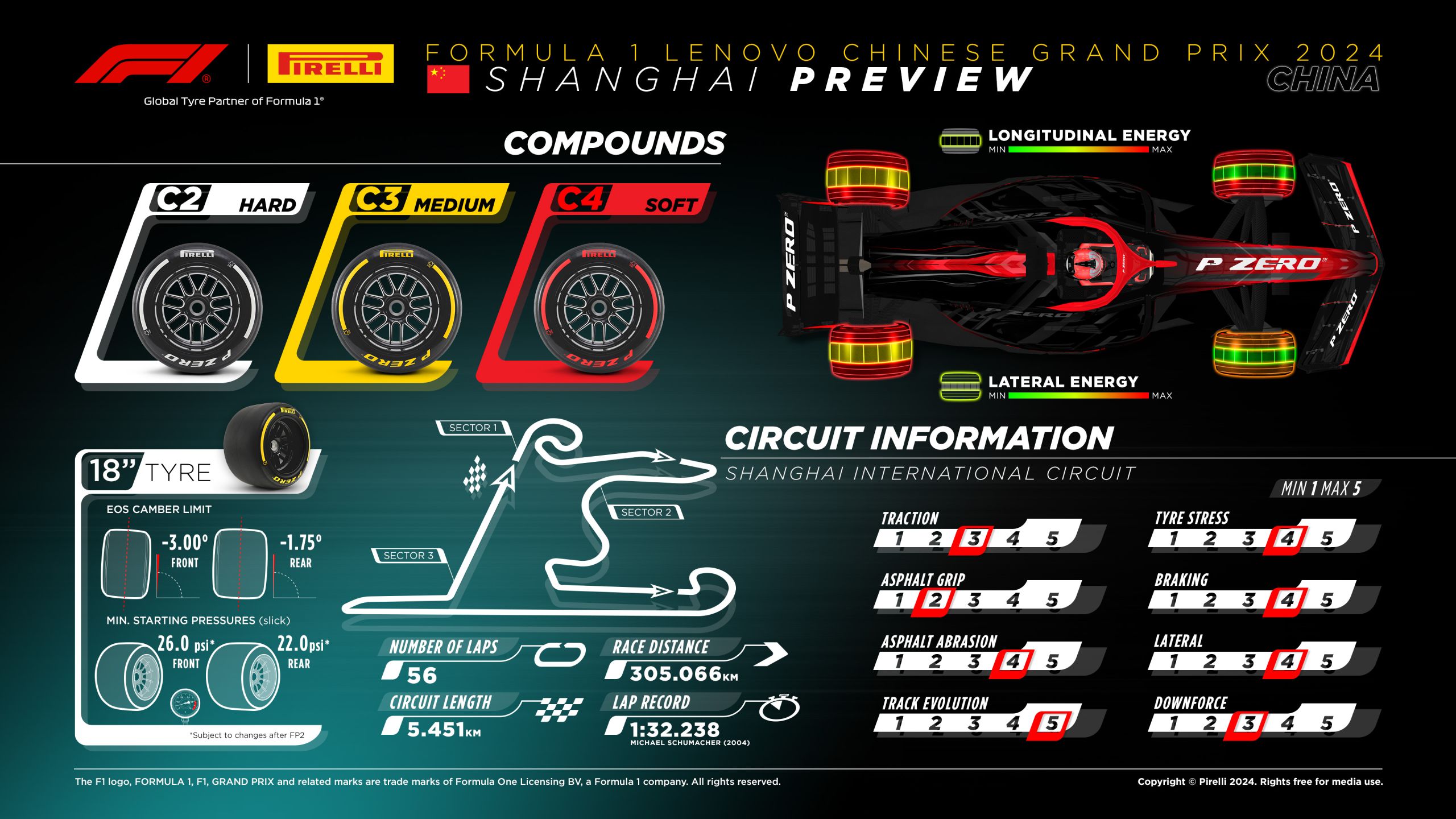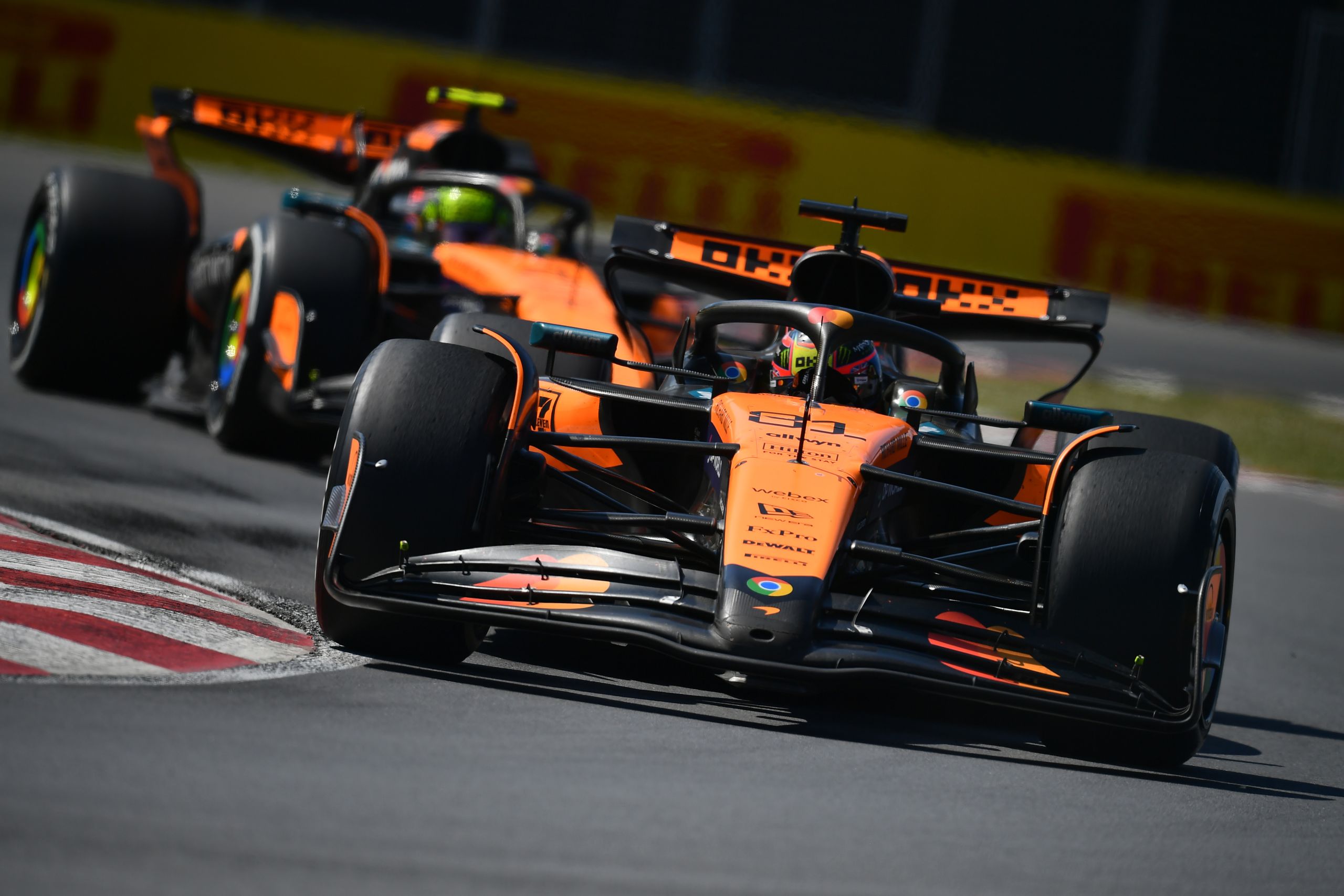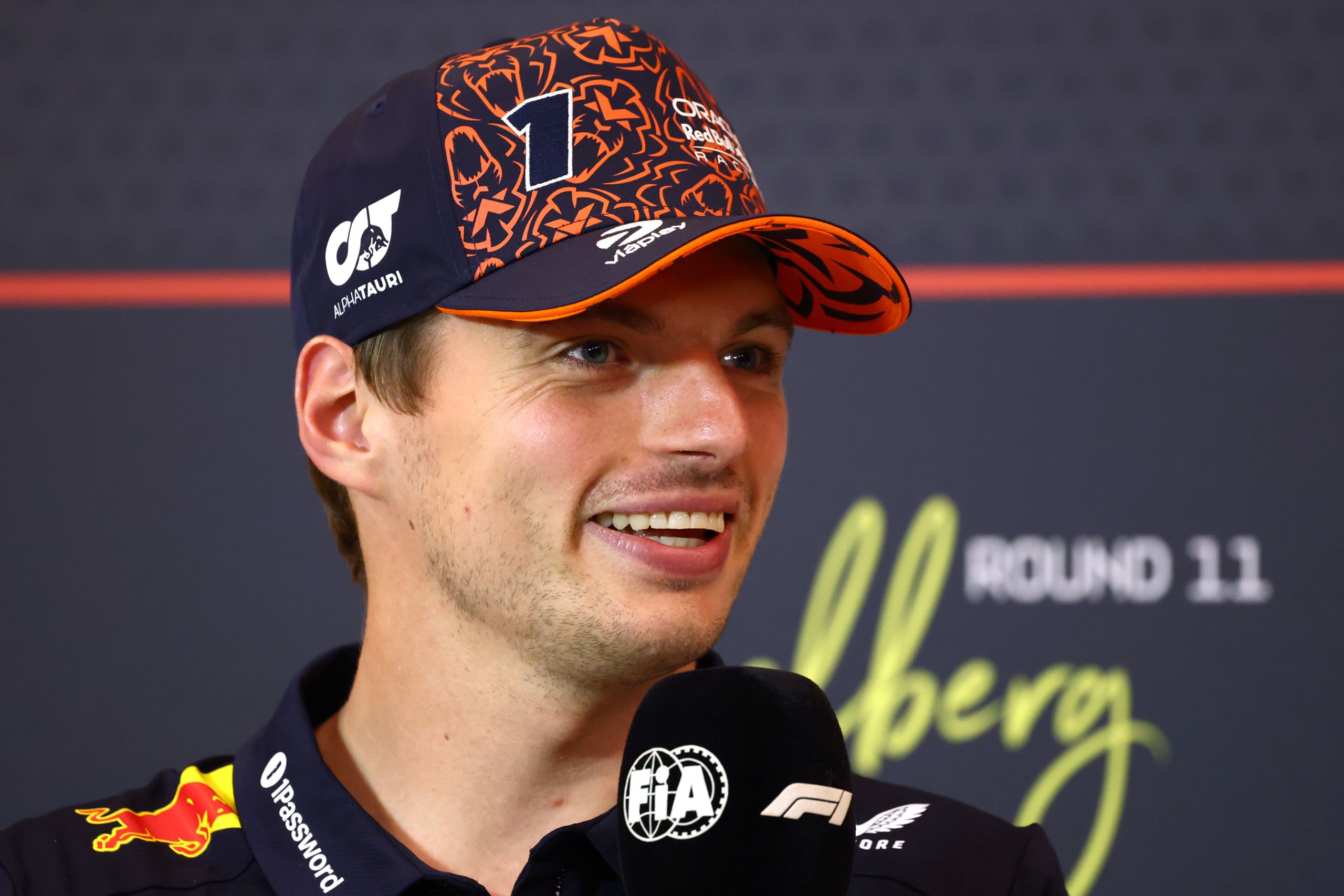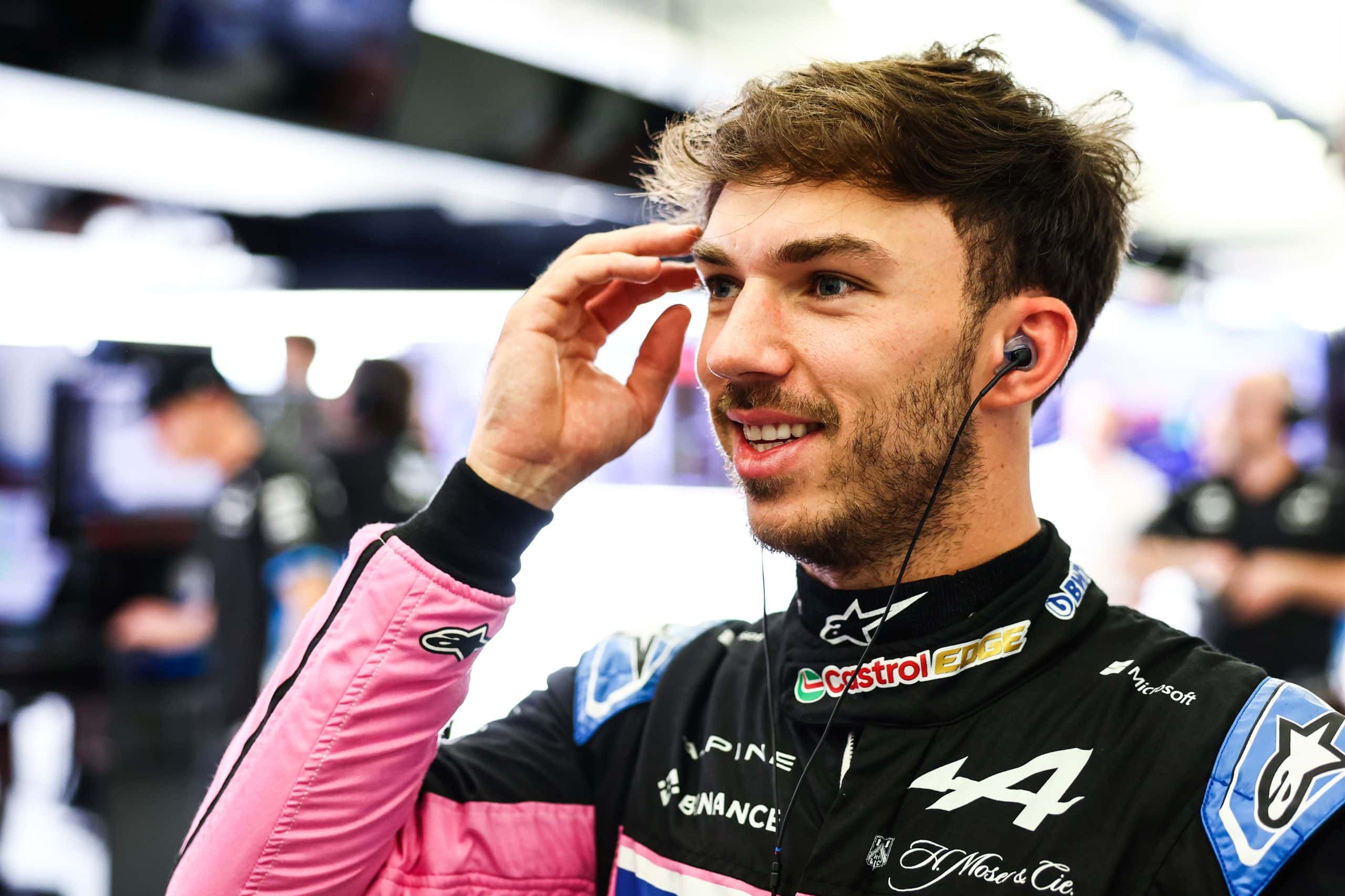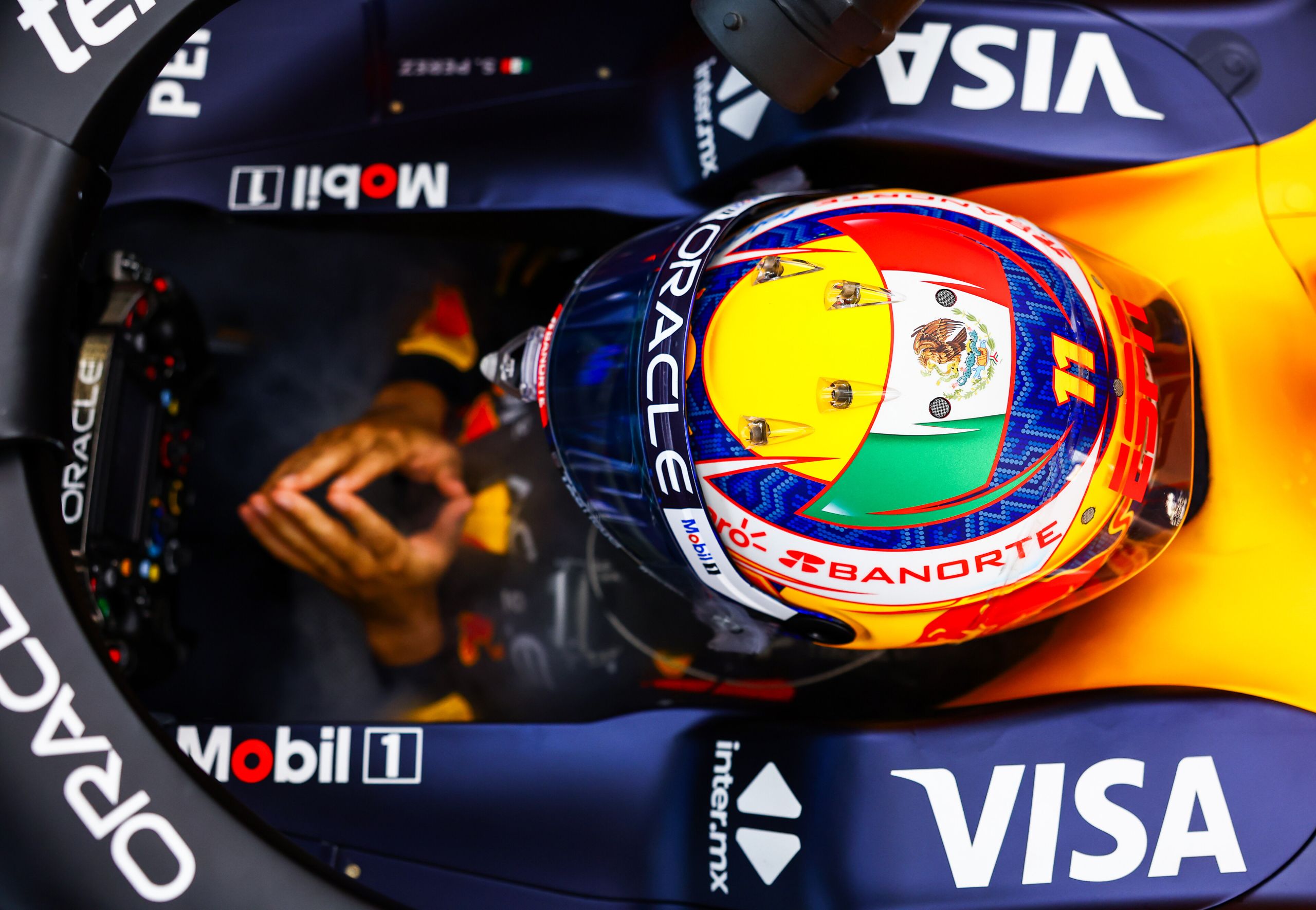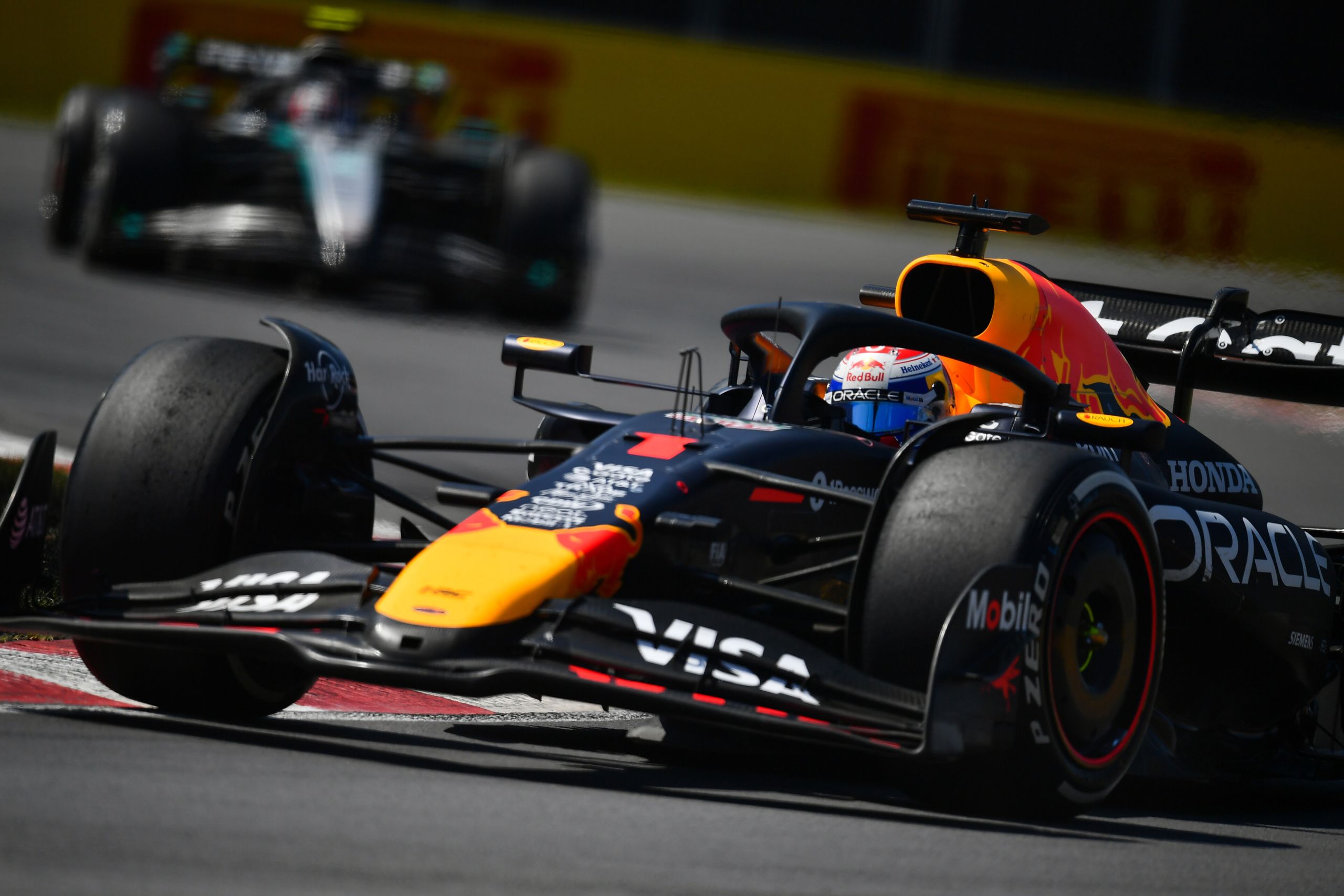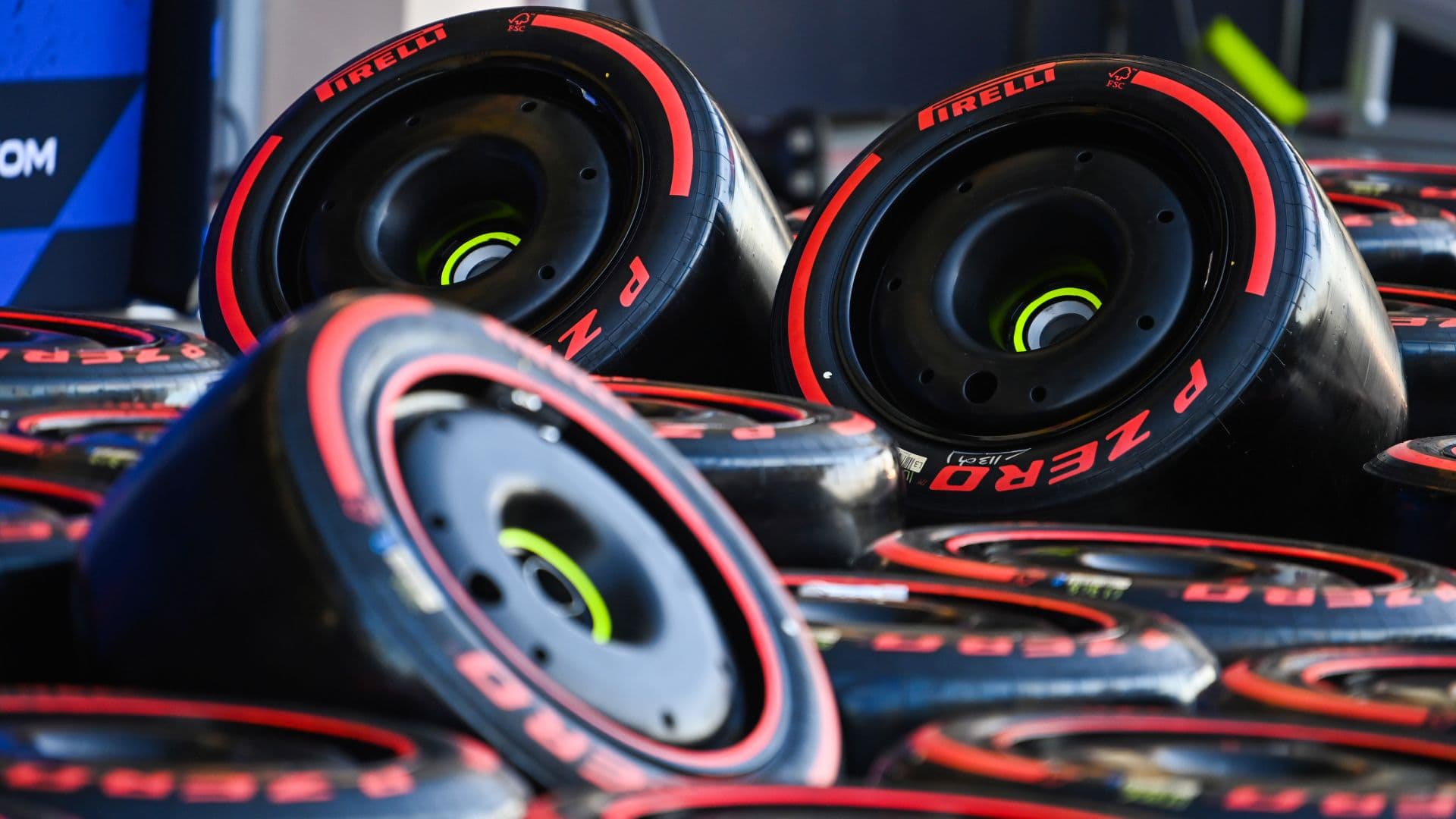
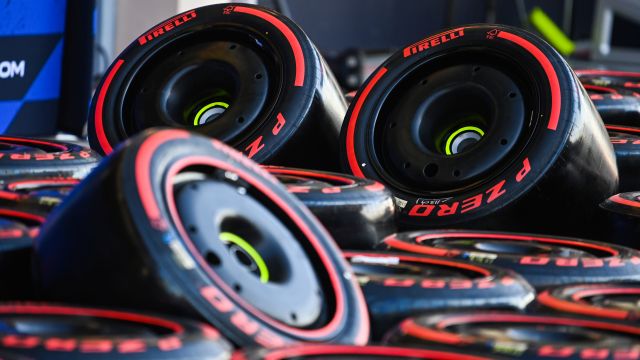
The Chinese Grand Prix is back on the calendar after a five year break. 2019 was the last year Formula 1 raced in Shanghai, on that occasion hosting celebrations to mark the 1000th event in the history of motorsport’s most prestigious world championship. The long break was down to the slow return to normality following on from the effects of the Covid-19 pandemic and China is now back on the calendar, having made its first appearance a few months short of twenty years ago. The first edition of this Grand Prix was held in September 2004.
All 16 editions have been run on the Shanghai International Circuit, designed by Hermann Tilke, its outline is loosely based on the Chinese “shang” character, meaning “up above.” The 5.451 kilometre-long track boasts 16 corners, many of them very slow, for example the section through turns 1 to 3 and 6 to 14, while others are high speed such as the esses through turns 7 and 8. There are two long straights, both used as a DRS zone, with one on the start-finish straight and the other on the over a kilometre long back straight, from turn 13, which is slightly banked into turn 14.
Based on simulations and past data, the tyres are subjected to lateral and longitudinal forces here that fall into the medium category, with the outside of the tyre, especially on the left hand side of the car, wearing the most. The trio of tyres chosen back in the winter for Shanghai is in the midrange, with the C2 as Hard, the C3 as Medium and the C4 as Soft. Nominally, that’s the same selection as in 2019 but the scenario is very different. Five years ago, the 13 inch tyres were still in use, fitted to the previous generation of car, which had a flat floor and completely different aerodynamics to the current car. In fact, for the drivers, the teams and indeed for Pirelli, it’s pretty much a matter of starting from scratch, given that the references are very vague.
Further complicating the situation is the fact that the Chinese Grand Prix is the first of six events this season running to the Sprint format, which itself has been slightly modified for this year in terms of the running order of the sessions. Free practice and Sprint qualifying are on Friday, the Sprint race and qualifying on Saturday, with the Grand Prix, as always, on the Sunday. Parc ferme has also been changed, so that it is now split into two parts: one which covers qualifying and the Sprint race and the other that starts before Saturday afternoon’s qualifying.
That means there is only one hour of free practice on Friday to find the right set-up for the cars and, above all, to evaluate the tyres over a long run on a track that will inevitably be in far from optimal condition. It is likely that, in terms of grip, evolution of the track that has not changed since 2019 and has only been used very infrequently since then, will be very significant, as bit by bit the cars rubber-in the surface. This means that work in the simulator takes on even greater importance for the drivers and engineers, both in the run up to the event and during it.
The Sprint format also means a different dry tyre allocation, dropping from 13 sets to 12 (two Hard, four Medium and six Soft) while the number of wet weather sets remains the same (five Intermediate and two Extreme Wet). April in Shanghai can see a marked change in temperatures with variations of around 10 °C, which adds another variable to the puzzle that the teams and drivers must piece together. Usually, the Chinese Grand Prix is a two-stop race, partly because there are several places where overtaking is possible, such as braking into turn 14 and then on the main straight and braking into turn 6. Just as it was in Suzuka, the undercut is usually very effective in Shanghai.
Of the 20 drivers that make up the grid this year, just three have stood on the top step of the Shanghai podium: Lewis Hamilton (six times), Fernando Alonso (twice) and Daniel Ricciardo (once). Hamilton also has six Shanghai poles to his name and has scored 204 points here. Of the teams, Mercedes heads the field with six wins ahead of Ferrari with four, while Red Bull has won twice. In fact, it was here in 2009 that Sebastian Vettel gave the maiden victory to the team that, then as now, is run by Christian Horner.
2024 Chinese Grand Prix: Selected Tyres
